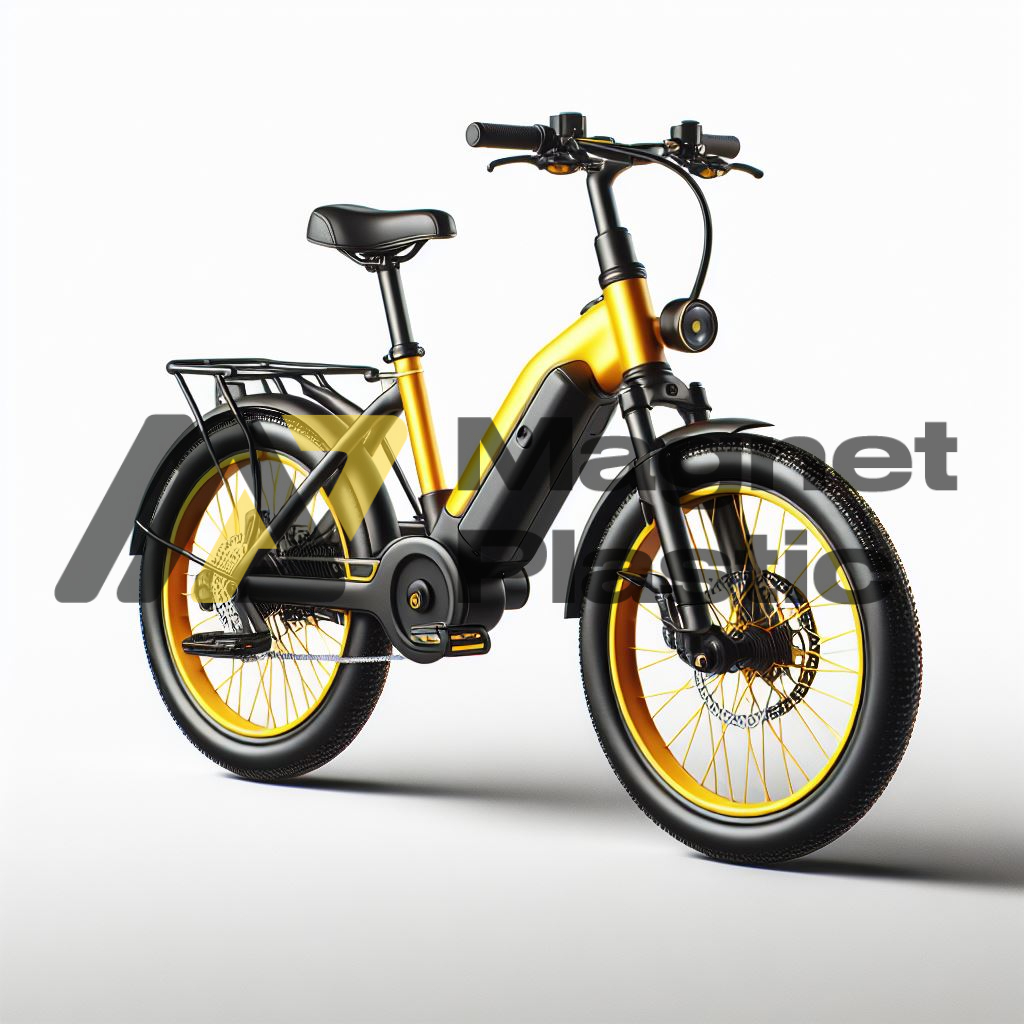The Role of Magnets in Electric Bicycles
In recent years, electric bicycles have seen a notable increase in popularity, standing out as an eco-friendly, efficient, and enjoyable transportation alternative. A key component contributing to the performance and efficiency of these bicycles is the use of magnets. In this article, we will examine in detail how magnets in electric bicycles are revolutionizing the way we travel in our cities.
Electric Motors: The Heart of Electric Bicycles
Electric bicycle motors are vital to their operation, and magnets play a crucial role in these. Typically, the brushless motors of electric bicycles incorporate rare earth permanent magnets, such as neodymium magnets. These magnets, known for their powerful magnetic field, are essential for converting electrical energy into efficient mechanical energy. The interaction between the magnets and the copper coils within the motor creates the necessary force to propel the bicycle, allowing the rider to pedal with greater ease and less effort.
Cadence and Speed Sensors
In electric bicycles, cadence and speed sensors are fundamental for optimized operation. These sensors, located on the crankset and the wheel, work in conjunction with magnets to measure pedaling speed and bicycle speed. When a magnet passes in front of the sensor, a signal is generated and sent to the motor controller, precisely adjusting the electric assistance. This ensures that motor assistance is smooth and responds appropriately to the rider’s needs.
Regenerative Brakes
Some modern electric bicycles are equipped with regenerative brakes that use magnets to enhance energy efficiency. These systems convert the bicycle’s kinetic energy during braking into electrical energy that is stored in the battery. Magnets are essential in this process, allowing the brakes to generate electricity instead of dissipating energy as heat. This process not only increases the bicycle’s energy efficiency but also extends battery life.
Transmission Optimization
Magnets also play a role in assisted transmission systems of electric bicycles. In some models, magnets are combined with sensors and controllers to automatically adjust resistance and electric assistance according to terrain and rider effort. This provides a smoother and more efficient pedaling experience, especially on challenging terrains such as hills or uneven surfaces.
Benefits of Magnets in Electric Bicycles
The use of magnets in electric bicycles offers multiple advantages:
- Energy efficiency: High-quality magnets in motors and regenerative brakes significantly improve bicycle efficiency.
- Reliable performance: Magnets ensure smoother and more reliable operation of sensors and control systems.
- Reduced maintenance: Brushless motors with magnets have fewer moving parts, reducing maintenance needs.
Conclusion
Magnets in electric bicycles are crucial components that significantly enhance their performance, efficiency, and reliability. From motors to braking and transmission systems, magnets enable smoother and more energy-efficient mobility. With ongoing technological advancements, we are likely to see even more innovations in the use of magnets in electric bicycles, further advancing this sustainable and eco-friendly mode of transportation.
